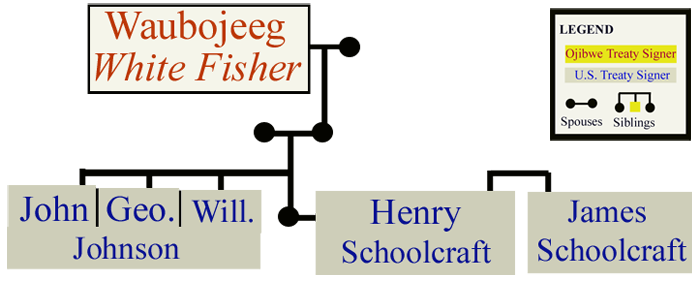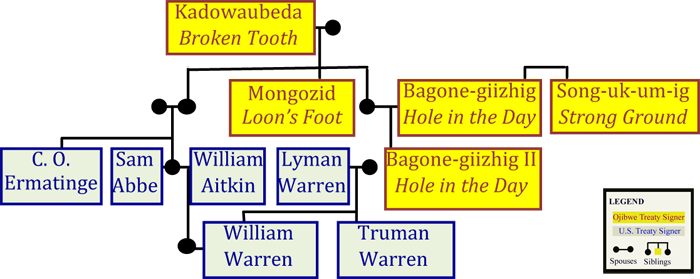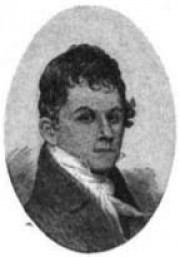Ojibwe Trading Kinship Groups
Bagone-giizhig (Hole in the Day II) cast a long shadow on Ojibwe-U.S. relations. Building on new models for Ojibwe leadership begun by his father, Hole in the Day II extended his influence far beyond the village where he was raised. Extraordinarily adept at international relations, he used the treaty-making process to assert the position of Ojibwe people in relation to both the U.S. and the Dakota, while capturing a large fortune for himself. Fur traders such as William Aitkin (for whom Aitkin County is named) married into his extended family in part to further their business interests.
Hole-in-the-Day negotiated with the U.S. to add powerful mixed-blood traders such as the Beaulieus to the Ojibwe annuity roles, aligning their interests with his own. (Charles Borup and Charles Oakes, also members of the Beaulieu family, started some of the earliest banks in Minnesota.) But as the fur trade and Ojibwe political power declined, trader interests increasingly diverged from those of the Ojibwe people, and Hole-in-the-Day’s attempt to balance these interests culminated in his assassination.
One of Hole in the Day’s principal business rivals (and distant relatives) was Lyman Warren, a trader who had married into a powerful mixed-blood French/Ojibwe family. Lyman’s son William Whipple Warren wrote an important history of the Ojibwe, and became a Minnesota State legislator.
Henry Schoolcraft, who also married into a powerful Ojibwe family (and later into a powerful U.S. slaveholding family) made a name for himself as a mineralogist, identifying copper and lead deposits. He was the main Indian agent for the vast Michigan Territory for decades. Schoolcraft married Bamewawagezhikaquay (Jane Johnston), the granddaughter of a prominent Ojibwe leader in what is now Michigan. (She and her brothers were relatives of the Warrens). Stories told to Schoolcraft by his Ojibwe wife were the primary source for Longfellow’s poem Song of Hiawatha. Schoolcraft fabricated Indian-sounding words that were used for place names by the U.S., including Itasca.
William Morrison, who was already a partner in the fur trade with the Chouteau family and Manuel Lisa of St. Louis by 1808, and his younger brother Alan (the namesakes of Morrison County) had children with Ojibwe women and “white” women. William also married into the Kittson family, uniting his interests with those of another Minnesota county namesake.
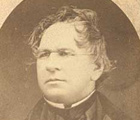
Henry Schoolcraft
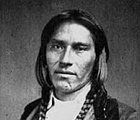
Hole In The Day
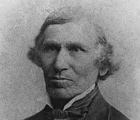
Clement Beaulieu





